29 Classroom Items That Have Disappeared from Schools
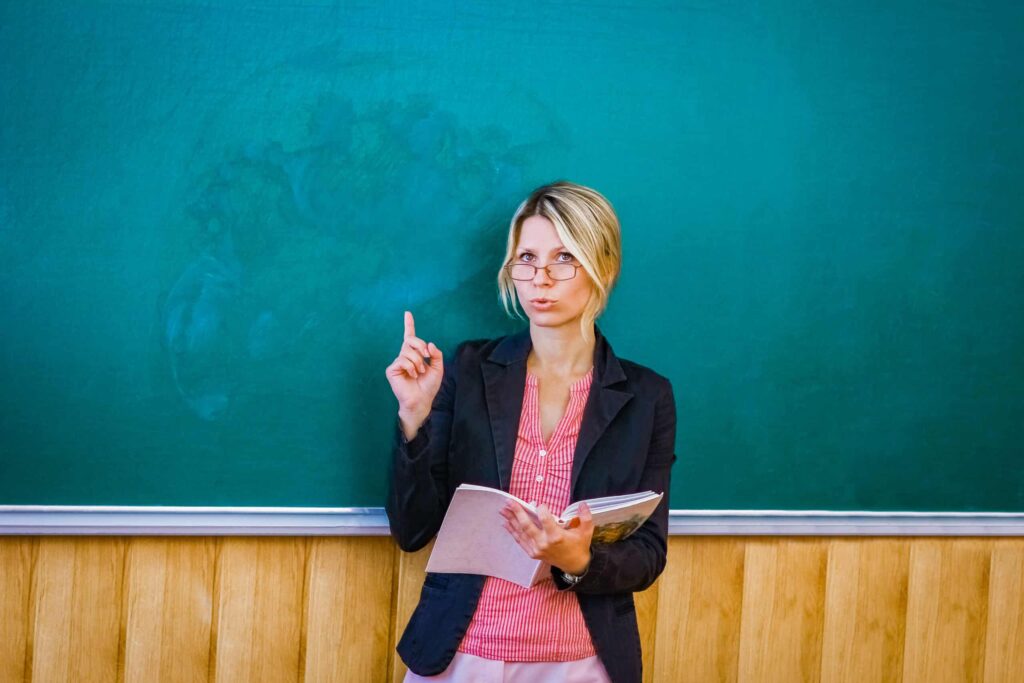
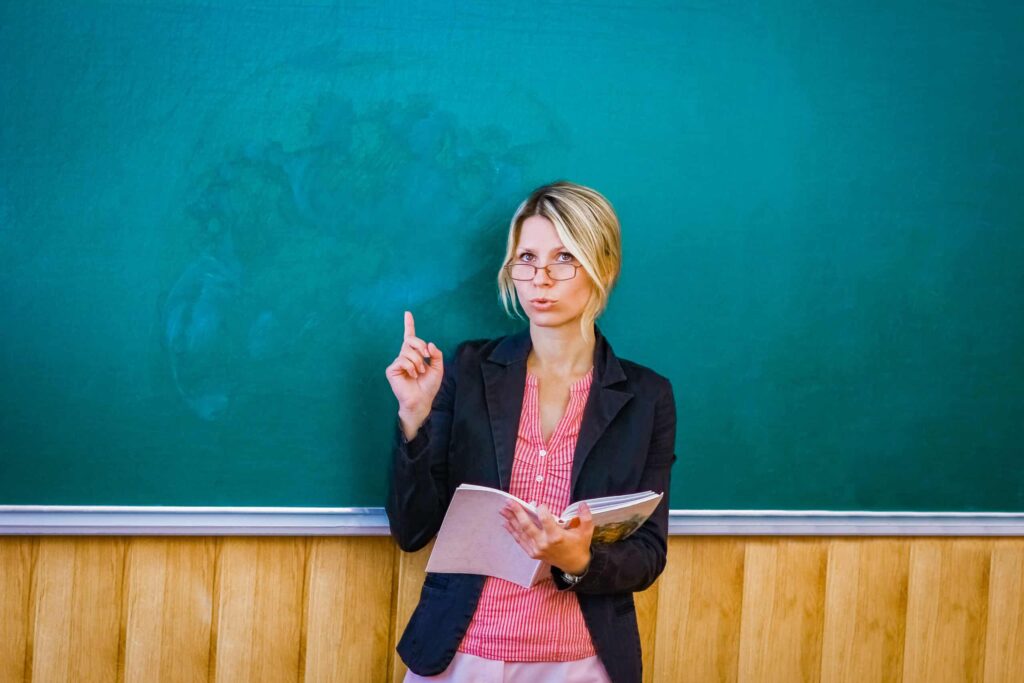
Do you remember walking into a classroom and smelling chalk dust? Or feeling excited when you heard a film projector starting?
These memories might seem from a long time ago, and they are. The classroom today looks very different from the one many of us knew.
Over time, our learning spaces have seen big changes. The tools teachers use, how students learn, and even the room layouts have all changed. It’s strange to see how much has changed in just a few decades.
A UNESCO report shows that digital tools have greatly changed education. Many old tools we thought were essential have been replaced with new, digital ones.
Let’s look back and see 29 things that used to be common in classrooms but are now mostly gone.
What do you think about these changes in teaching? Do you have memories of any of these items?
AV Carts
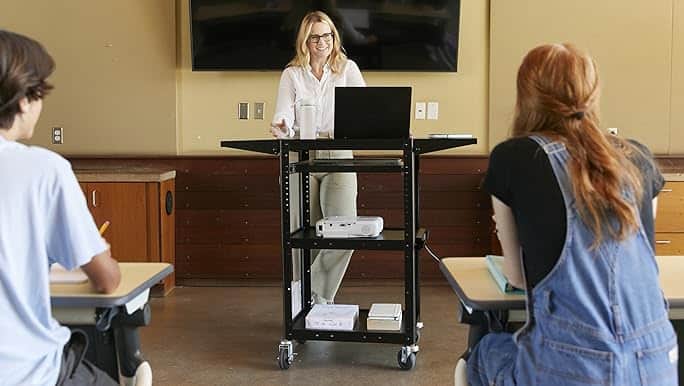
The AV cart, with its noisy wheels and the chance to watch a TV show or movie, was always a happy sight in the classroom. Bringing one in meant a change from the normal day and often made students excited.
Today, most classrooms have projectors or smart TVs already set up. While this is easier, it does not feel as fun as watching that cart roll in.
Library Check-Out Cards

Remember the small cards hidden in pockets at the back of library books? Every time someone took the book, they wrote their name on the card. It was nice to see who had read the book before you.
Today, libraries use computer systems to track books. It is quicker and works better, but it does not have the special feeling of those hand-written cards.
Card Catalogs
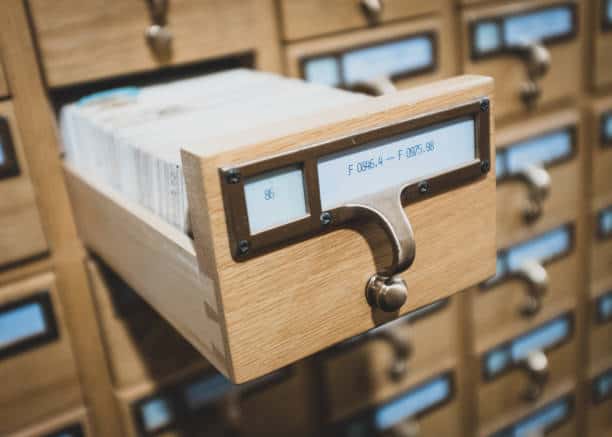
Card catalogs were like treasure chests of knowledge. Students would flip through drawers full of cards to find books on their topics. It took time and patience, but there was something satisfying about the search.
Today, a quick search on a computer can find any book in seconds. It’s much faster, but it misses out on the joy of discovery that came with browsing through the cards.
Chalkboards
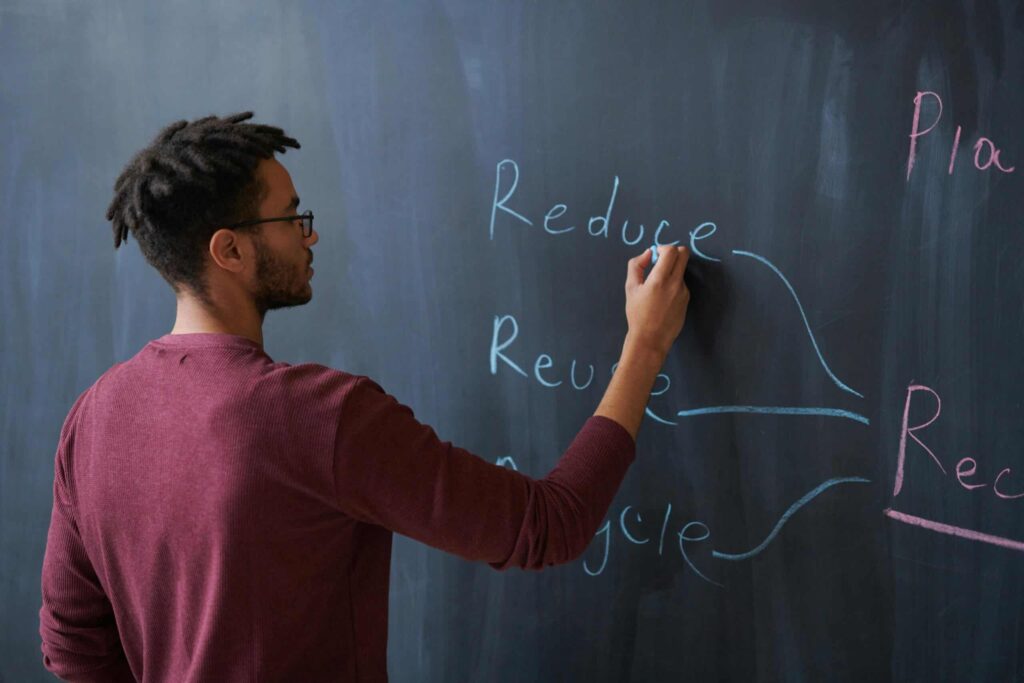
Chalkboards used to be in every classroom. Teachers wrote lessons on them, and students copied the notes. The sound of chalk scratching on the board was a normal part of school every day.
Today, most classrooms have whiteboards or smart boards instead. These boards are easier to clean and don’t create dust. They also help teachers give more active lessons.
Still, there was something nice about the touch of chalk and the smooth swipe of the eraser at the end of class.
Overhead Projectors
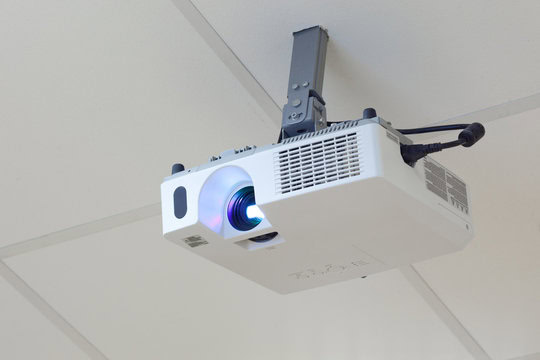
Overhead projectors were like magic boxes that could make anything written on a clear sheet appear on the wall. Teachers would write or draw on these sheets, called transparencies, and the whole class could see.
It was exciting when the teacher rolled out the projector because it often meant a change from the usual lesson. Today, we have digital projectors that can show anything from a computer or tablet.
They’re more versatile, but they don’t have quite the same charm as watching the teacher struggle with a curling transparency.
Cursive Writing
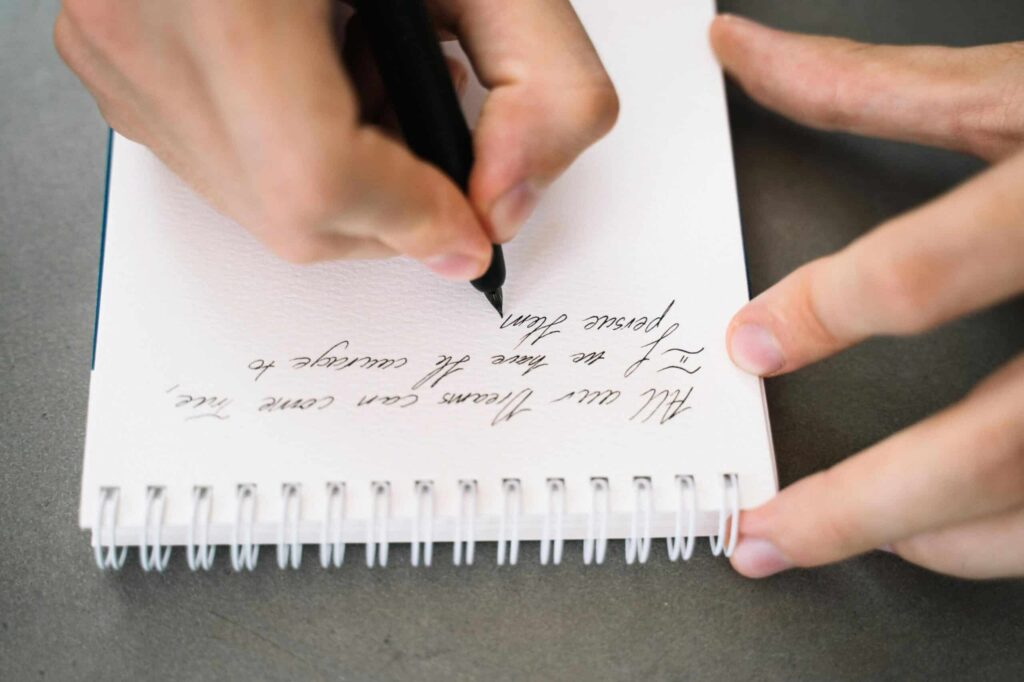
Learning cursive used to be an important part of elementary school. Students practiced joining letters, trying to make their handwriting smooth and pretty. Today, many schools do not teach cursive at all.
They teach typing instead, because it is more helpful in our digital age. This change makes sense, but it is a little sad to imagine that future kids might not be able to read handwritten notes from their grandparents.
Metal Lunch Boxes
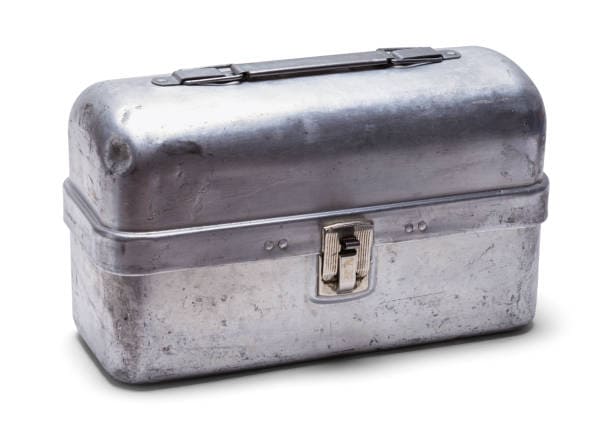
Metal lunch boxes, often decorated with popular characters or shows, were once a staple of school life. They were sturdy and could take a beating, unlike today’s soft lunch bags. The sound of a dropped metal lunchbox echoing down the hallway was unmistakable.
Now, most kids use insulated bags or plastic containers. They’re lighter and easier to carry, but they don’t have the same nostalgic appeal.
Analog Clocks
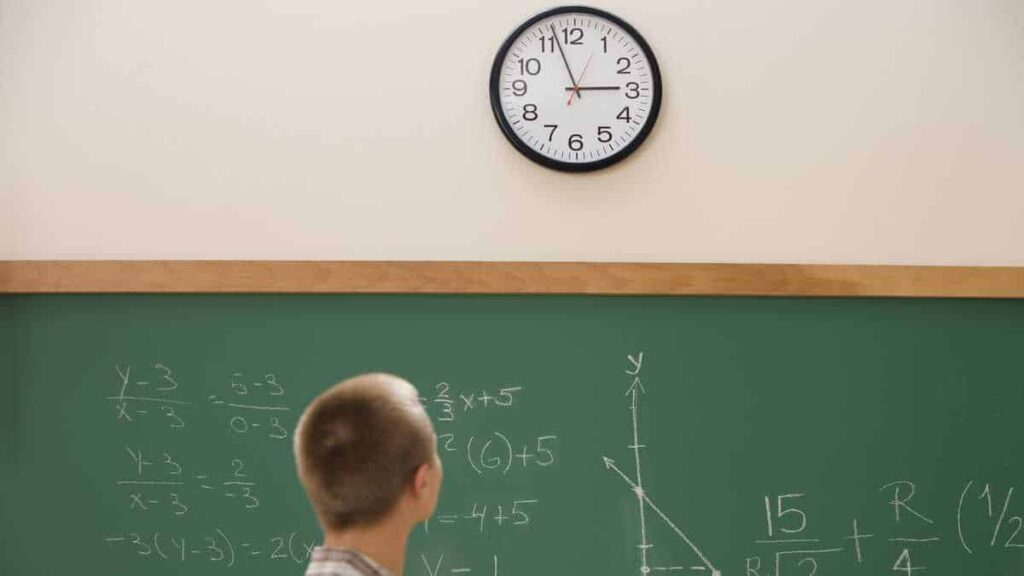
The large round clock on the classroom wall was often the focus, especially near the end of the school day. Knowing how to read these clocks was an important skill.
Today, many classrooms have digital clocks, and some students find it hard to read the old-style clock faces. Digital clocks show time exactly, but analog clocks help people see and understand time in a different way.
Trapper Keepers

Trapper Keepers were the ultimate in school organization. These colorful binders had folders for each subject, a calendar, and even a pencil case. They were a status symbol in many schools, with students showing off their cool designs.
Now, students are more likely to use digital tools like Google Docs to keep their work organized. It’s more efficient, but it lacks the personal touch of a well-decorated Trapper Keeper.
Compasses and Protractors
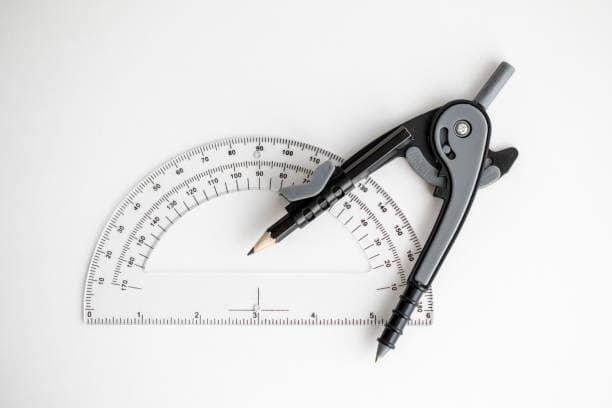
Geometry classes used to be full of the sound of compasses drawing perfect circles on paper. Students would measure angles carefully with plastic protractors, making neat diagrams. These tools helped students learn about space by working with their hands.
Now, many students use digital devices to do these tasks. Although these devices are exact and quick, they don’t give the same feeling of handling real tools.
Projectors with Plastic Sheets

These projectors were a step up from overhead projectors, allowing teachers to show pre-prepared content on plastic sheets. Changing sheets mid-lesson often led to amusing moments as teachers struggled to line them up correctly.
Modern digital projectors have made this process smoother, allowing for seamless transitions between slides and even multimedia content. The new technology is undoubtedly more versatile, but it lacks the charm of those slightly askew projected images.
Teacher Mailboxes
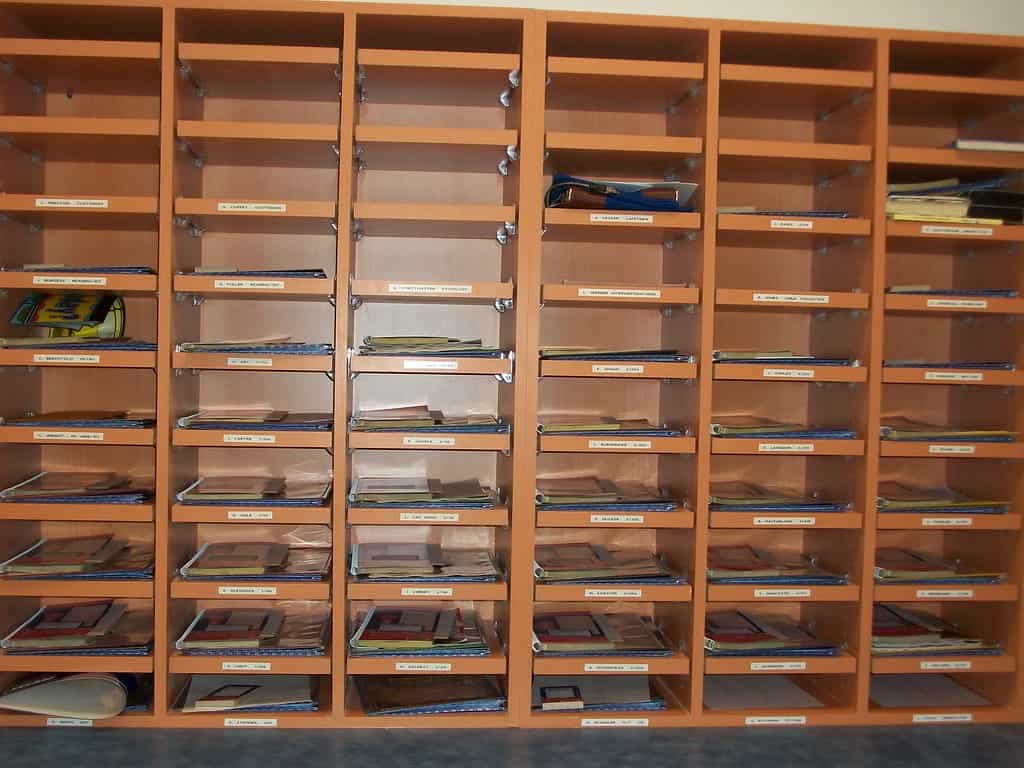
The row of teacher mailboxes used to be a busy place for school messages. Teachers checked their boxes for notes, messages from parents, and sometimes small presents from students. It showed how close the school community was.
Today, most messages come through email or chat apps. These ways are quicker but don’t have the warm feeling of hand-written notes or the surprise of finding something special in your mailbox.
Floppy Disks
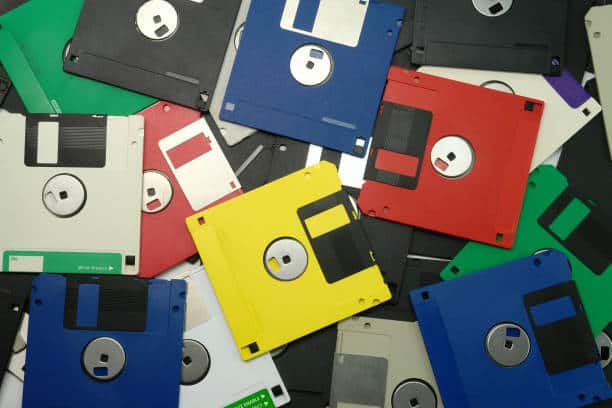
Floppy disks were once the height of portable storage technology. Students would save their work on these small squares and carry them between home and school. The satisfying click of inserting a floppy disk into a computer is a sound many still remember.
Today, USB drives and cloud storage have taken over. They offer much more space and convenience, but they don’t have the same tactile satisfaction as those old floppy disks.
 If you like what you are reading, then click like and subscribe to my newsletter. We share tips to waste less time and money.
If you like what you are reading, then click like and subscribe to my newsletter. We share tips to waste less time and money.
Ditto Machines

Ditto machines came before today’s photocopiers. They made worksheets with purple ink and had a special smell that many students enjoyed. Teachers turned a handle to make copies, often getting their hands stained purple.
The smell of fresh dittos meant a new task was about to begin. Today’s fast printers and copiers make clear, smell-free copies, but they don’t give the same feeling that ditto machines did.
Fountain Pens
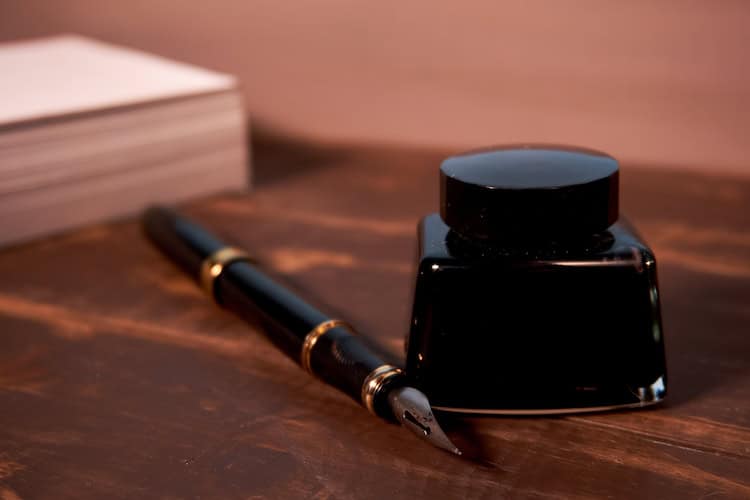
Fountain pens once symbolized a student’s transition to more serious writing. Learning to use these pens without creating ink blots was a skill in itself. The smooth flow of ink on paper gave writing a sense of importance.
Now, ballpoint pens and digital devices have largely replaced fountain pens in classrooms. While these modern tools are more practical, they don’t quite capture the elegance and ceremony that came with using a fountain pen.
Student Desks with Built-in Storage
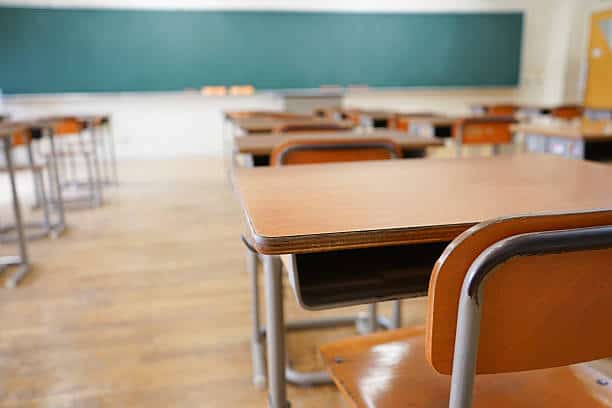
These desks were like small private shelters for students. The top that lifted up showed a spot for books and supplies, and some had a small shelf below. Students liked to keep their space tidy and sometimes left messages for the next person.
Today, many classrooms use tables to help students work together. This helps teamwork, but students don’t get to have their own special place in the room.
 If you like what you are reading, then click like and subscribe to my newsletter. We share tips to waste less time and money.
If you like what you are reading, then click like and subscribe to my newsletter. We share tips to waste less time and money.
Chalk Holders

Chalk holders were clever devices that allowed teachers to write with chalk without getting their hands dirty. They added a touch of sophistication to the simple act of writing on a chalkboard.
With the decline of chalkboards, these tools have become unnecessary. Modern markers and digital pens are cleaner to use, but they don’t have the same scholarly feel as a well-used chalk holder.
Clapping Erasers

Cleaning chalk erasers used to be a popular classroom job. Students would take the erasers outside and clap them together, making big clouds of chalk dust. It was a fun task that let you leave the classroom for a little while.
Now that whiteboards and digital screens are used, this job is mostly gone. Even though things are cleaner, students miss this simple fun and the chance to be responsible.
Passing Notes
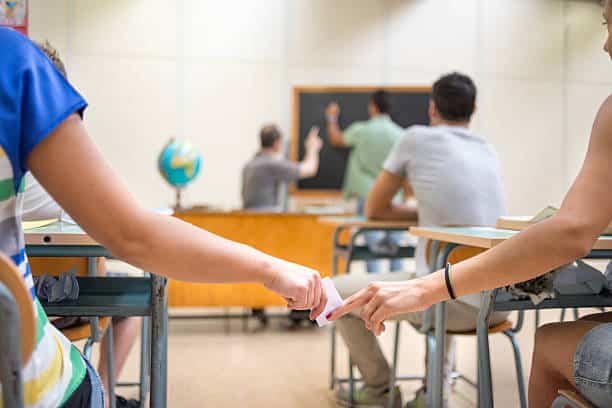
Passing notes was once an art form in classrooms. Students would fold paper into intricate shapes, trying to secretly relay messages to friends. It was thrilling and risky, with the constant danger of being caught.
Now, students can easily text or use messaging apps. While this is more efficient, it misses the creativity and excitement that came with handwritten notes. The digital age has made communication easier, but perhaps less adventurous.
Milk Money Collection
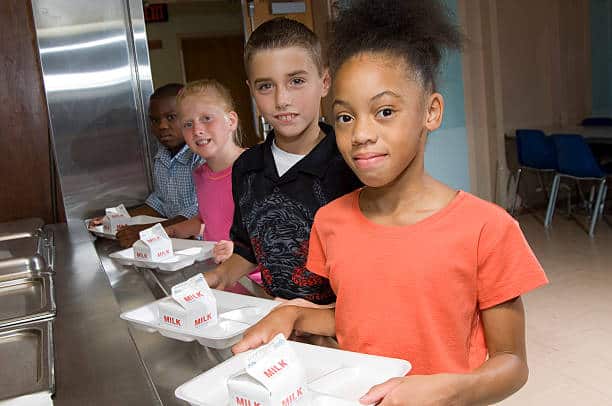
Bringing coins to buy milk used to be a daily routine in many schools. Teachers would gather the money and use it as a way to teach math. This small job helped students learn about being responsible and handling money.
Now, many schools have full meal programs or use digital payment systems. These new ways are easier and include more students, but they don’t offer the chance to practice using real money every day.
Vintage Projectors
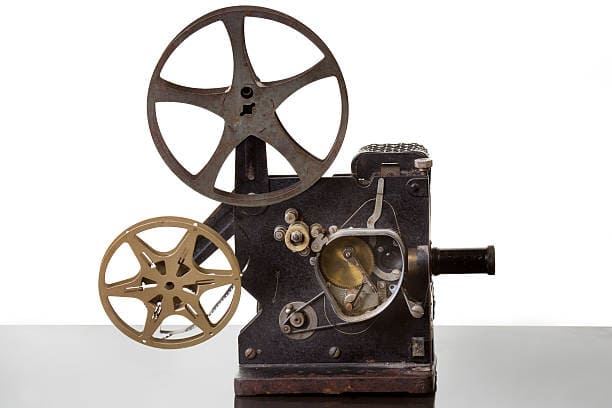
Old-style projectors for filmstrips and slides were like time machines in the classroom. The distinctive click as images changed and the warm glow of the projector light created a unique atmosphere.
Setting up these machines was often an adventure in itself. Modern digital projectors are undoubtedly more reliable and versatile. Still, they lack the sensory experience and sense of occasion that came with those old projectors.
 If you like what you are reading, then click like and subscribe to my newsletter. We share tips to waste less time and money.
If you like what you are reading, then click like and subscribe to my newsletter. We share tips to waste less time and money.
The Slide Rule
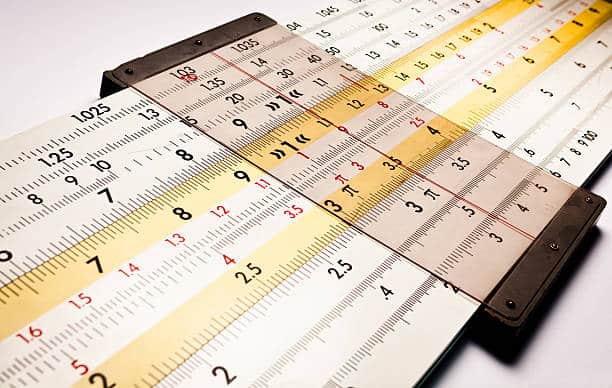
Before calculators were common, people used slide rules to do hard math. Using a slide rule needed a strong understanding of math and careful attention to detail. It showed a student was good at math and science.
Today’s calculators and computers can do math much quicker, but they don’t help people understand math ideas as well as slide rules did.
Handwritten Report Cards

The anticipation of receiving a handwritten report card was a memorable part of every school term. Teachers would carefully write comments and grades, providing a personal touch to each student’s evaluation.
Parents would scrutinize the handwriting, looking for clues about the teacher’s mood. Today’s digital reporting systems provide up-to-date information throughout the year. This is undoubtedly more informative, but it misses the ceremony and personal connection of those handwritten cards.
Colored Chalk

Colored chalk made chalkboards like canvases. Teachers could make bright pictures and highlight key ideas using many colors. Students enjoyed being picked to use the special colored chalk.
Today, colored markers on whiteboards do a similar job, but they don’t have the same warm feel as a chalkboard full of colorful notes and drawings. Using digital screens has made lessons more lively, but also less hands-on and creative.
Analog Tape Recorders

Tape recorders were essential tools for music classes, language labs, and oral history projects. The physical act of pressing play, record, or rewind was satisfying and intuitive.
Students learned about pacing and clarity in their speech as they created recordings. Digital recorders and apps have made recording easier and more precise. Yet, they’ve lost some of the hands-on quality that made working with tapes so engaging.
Typewriters

Typewriters used to be the best writing tool in schools. Using these machines helped students learn about spacing, spelling, and the need to plan their work carefully.
The sound of keys tapping paper and the bell of the carriage return made a steady beat that kept work moving. Computer keyboards are faster and allow more room for errors.
But they do not give the same feeling of lasting thought and care in writing like typewriters did.
The Evolving Classroom

Looking back at these old classroom items, it’s clear that education has changed a lot. We have swapped chalkboards for digital screens, handwritten notes for quick texts, and boxes for storing things with online storage. Each change brings new chances and difficulties.
These old tools and ways were more than just things; they were part of the shared experience that shaped many students. We learned patience while waiting to use the pencil sharpener, responsibility by doing classroom jobs, and creativity by using limited supplies.
Today’s classrooms are full of technology and work well. They give students access to a wide range of information and new learning methods. Still, there is a special kindness and charm in the tools from the past that is hard to copy.
 If you like what you just read, then subscribe to my newsletter.
If you like what you just read, then subscribe to my newsletter.
- Are You Old? 31 Habits That Show Your Age
- Remembering When: 12 Things (Younger People Don’t Realize) A Smartphone Has Replaced
AI was used for light editing, formatting, and readability. But a human (me!) wrote and edited this.



